Careers in Radiation Protection
Radiation Protection (RP) is an important profession, given all of the various settings in which radiation and radioactivity are used throughout society. Unfortunately, in spite of its importance, RP is not a widely known profession - for this reason, there is a frequent shortage of RP professionals in many nations. And, while there are a number of RP academic programs throughout the world, it is also possible to enter the profession as a technician or with a degree in virtually any scientific or technical field - there are highly respected RP professionals with degrees in physics, biology, geology, environmental science, medicine, and virtually every branch of engineering. If you are looking for a career that will be challenging, multi-disciplinary, that will give you the opportunity for variety and life-long learning...radiation protection might be worth considering.
Radiation and radioactivity are used in virtually every nation on Earth. Nuclear power plants are obvious examples, but we use them in hospitals, in research laboratories, in factories and in mines and construction sites, in space, and more. There are risks, of course, to using radiation and radioactivity - just as there are risks to using electricity, toxic chemicals, to working in high places, working near rotating machines, and so forth. This is why we also need to have trained radiation protection professionals - not only to ensure the safe use of radiation and radioactivity wherever they are found, but also to help to oversee and to regulate that use on behalf of the government.
The radiation protection profession (called Health Physics in some nations) is the profession that serves to protect people and the environment from the harmful effects of radiation; we find radiation protection professionals in a multitude of settings around the world.
Medical radiation protection is focused on hospitals and clinics and includes ensuring that medical radionuclides are safely used and stored, confirming the safety of medical x-ray machines (x-ray, CT, and fluoroscopy), ensuring the accuracy of particle accelerators used in cancer therapy, and at times making radiation measurements in the OR (operating room) during some procedures. Medical radiation protection also includes helping to prepare one's hospital for dealing with the aftermath of accidents involving radiation or nuclear reactors, such as the hospitals that received patients following the accidents in Chernobyl and Fukushima Japan.
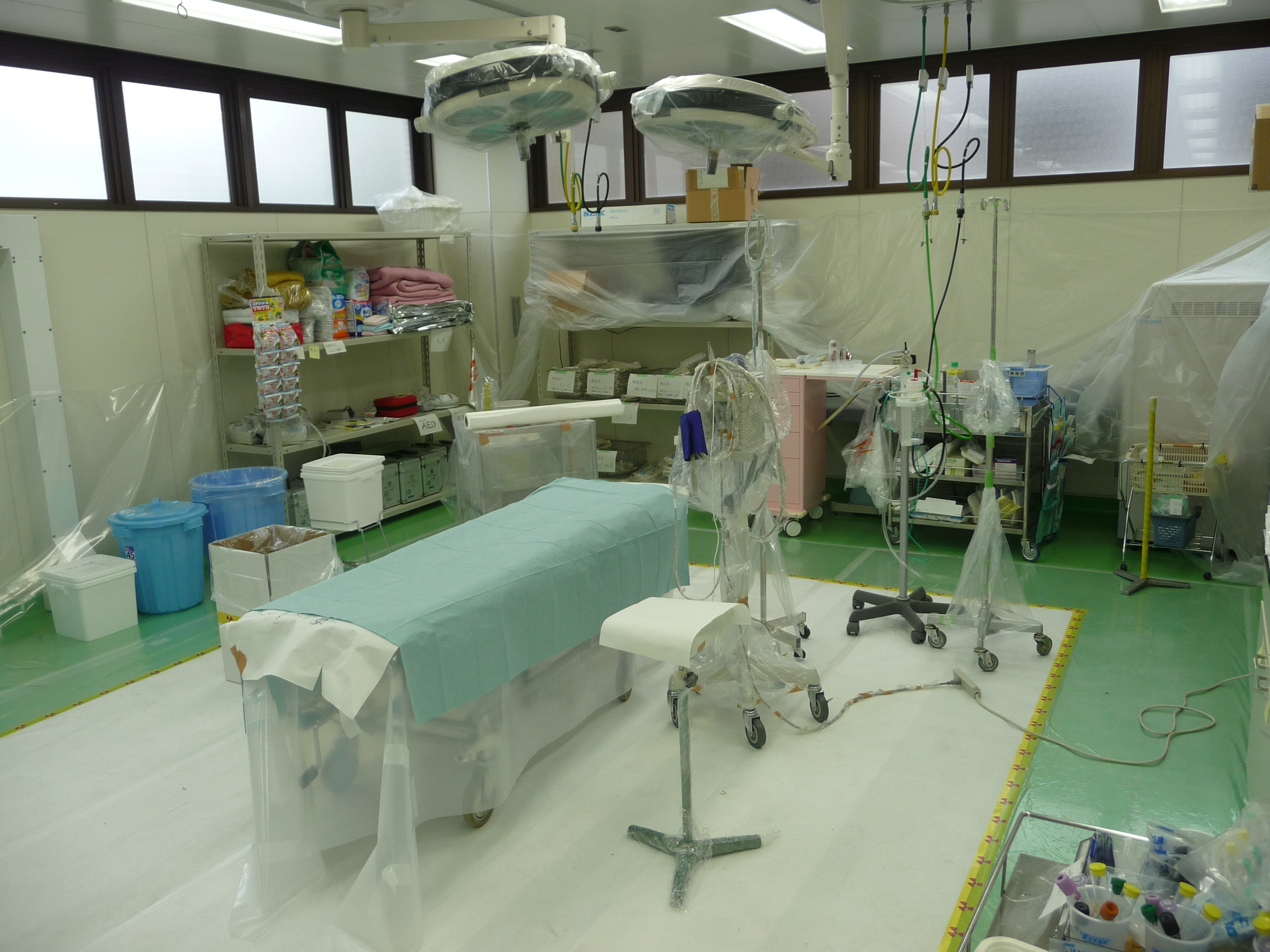
A patient trauma bay prepared to receive potentially contaminated patients after Fukushima
Academic radiation protection helps to support researchers who are expanding human knowledge. This also brings RP staff into contact with radionuclides used in research; possibly to help decipher the workings of our bodies or the intricacies of DNA, to determine the chemical composition of rocks and minerals brought back from remote parts of the world, or to help ensure the safe use of equipment such as x-ray diffractometers, electron microscopes, particle accelerators, and even nuclear reactors used for research.
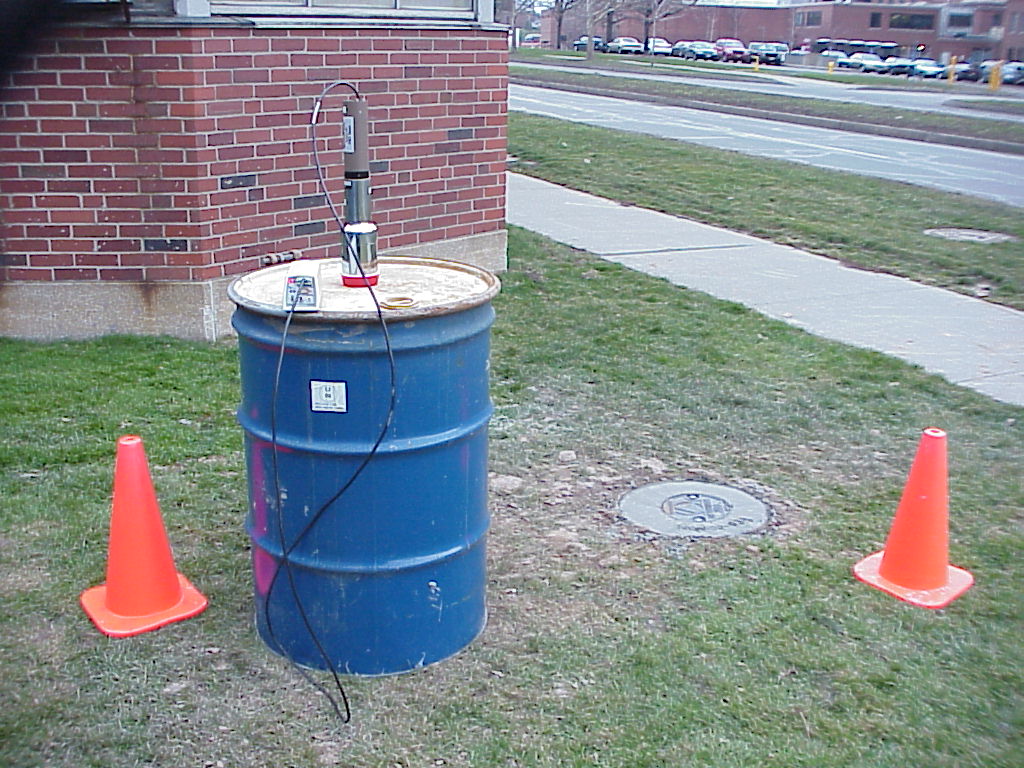 |
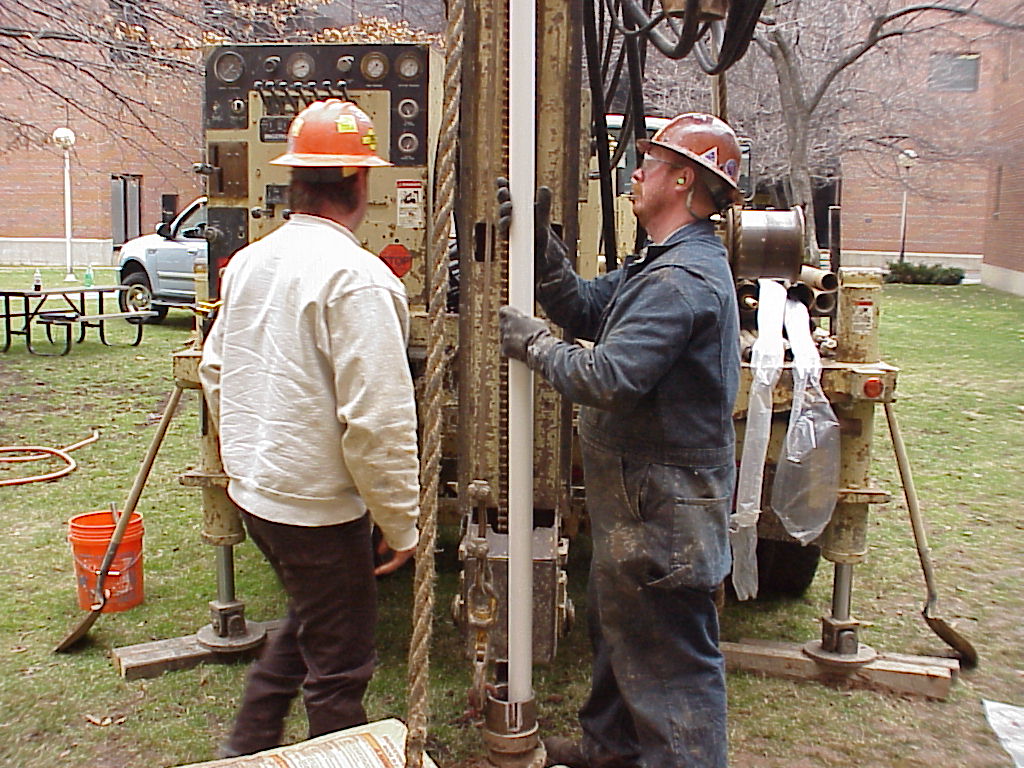 |
|
A radiological environmental investigation exercise at the University of Rochester |
|
Industrial radiation protection oversees the safe use of radioactive sources in industrial settings. This might be a handful of radioactive sources used to help control industrial processes, x-ray machines used for quality control, or even radioactive materials that are used in field locations such as oil fields and construction sites.
Environmental radiation protection is engaged in helping to understand the environmental impact of radiation and radioactiivty and to help to reduce that impact by designing, installing, operating, and monitoring systems to contain or to remove unwanted radioactivity. This can include monitoring wells in the vicinity of a radioactive waste site, determining the disposition of radioactive materials following an accident, or ensuring that the residents near a contaminated site have safe drinking water.
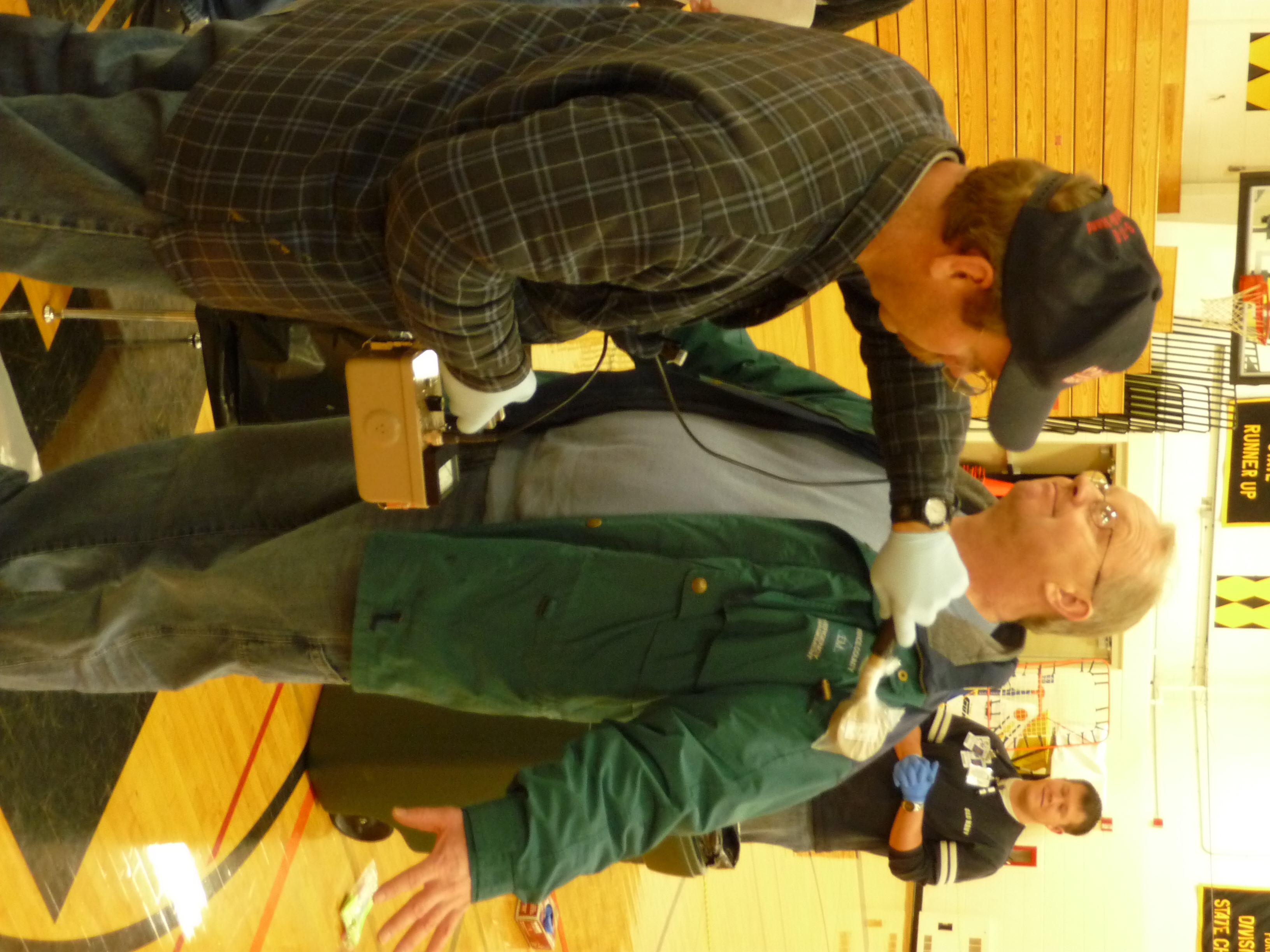 |
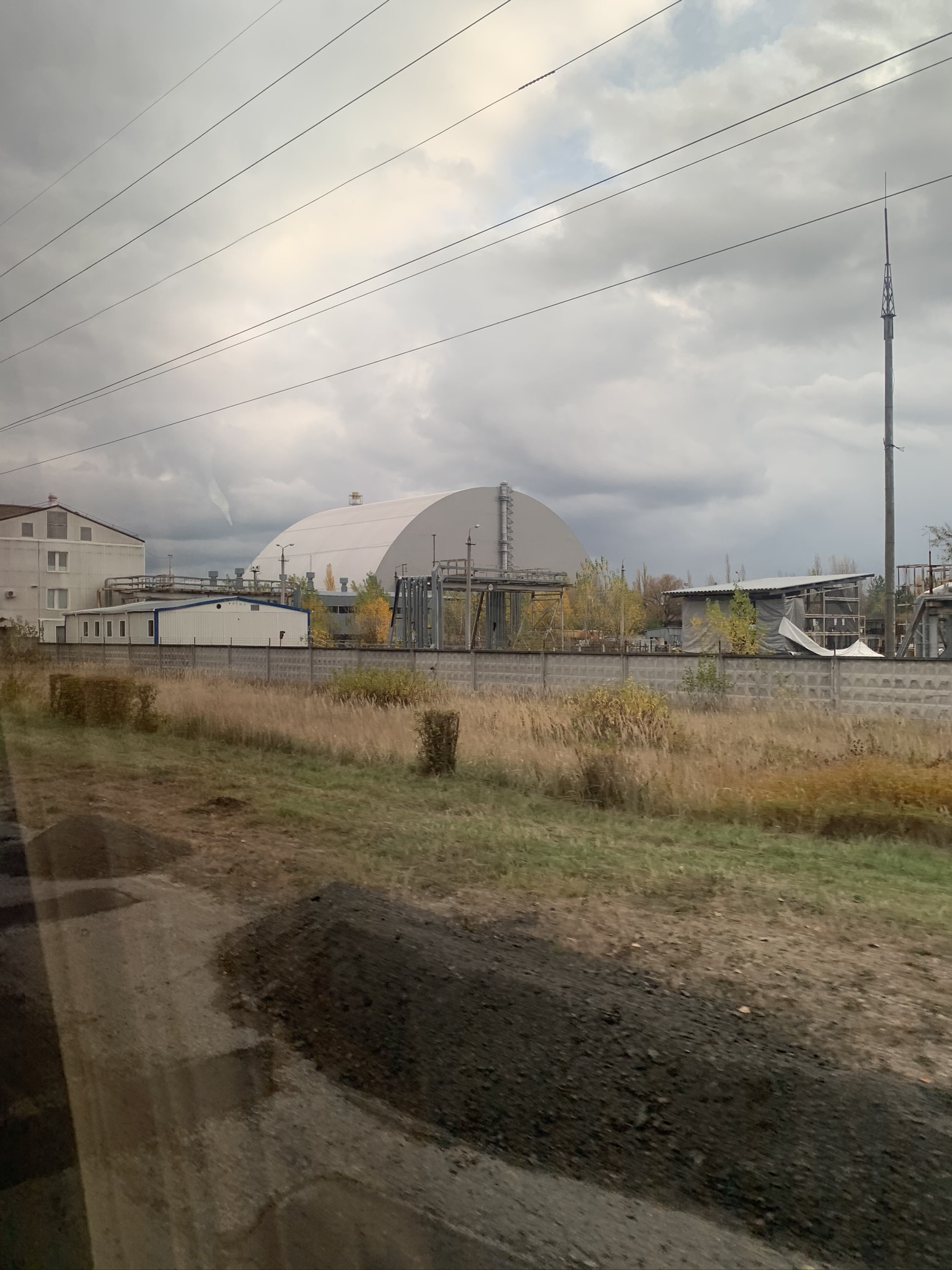 |
| Radiation survey of an individual during a reactor plan Community Reception Center exercise at Point Beach, Wisconsin | The sarcophagus placed over the Chernobyl reactor |
Military and governmental radiation protection includes a huge variety of possible jobs and projects. Many military organizations, for example, use radioactivity to help them to aim their weapons or to see their instruments at night. Some militaries also use nuclear propulsion plants that must be designed, operated, inspected, and maintained - and virtually every military has its own hospitals and must provide the same services as in a civilian setting.
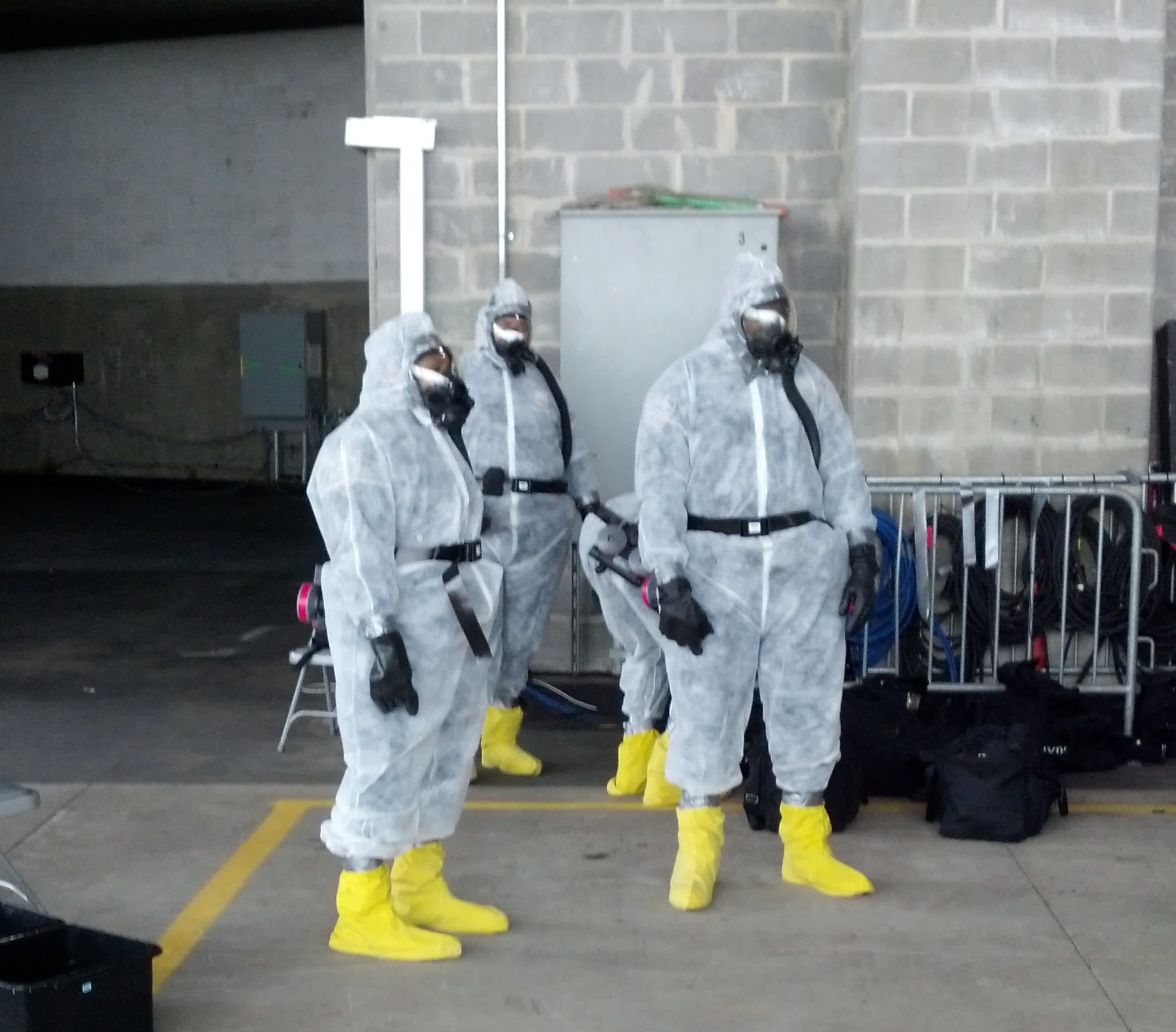 |
 |
|
Staff wearing personal protective equipment during a radiological response exercise in a major city |
An instrument calibration lab operated by a large police department |
In addition, many nations maintain other programs that involve the use of radiation and radioactivity. NASA, ESA, and other space agencies use radioactive sources to power craft that are sent to throughout the Solar System - these must be handled carefully before launch to avoid harming those working around them and assembling the spacecraft. Isotope production facilities make use of nuclear reactors or linear accelerators to produce radioactivity for use in medicine and research - these, too, must be safely operated and the radioactive materials they produce must be carefully handled and accounted for. And, just as important, government regulatory agencies need to have a steady supply of trained radiation protection professionals to help develop regulations and guidance to ensure the safe use of radiation and radioactivity as well as to conduct inspections to confirm that these regulations are being followed.
There's more! But what is written here is enough to show that radiation protection is a broad field that calls upon multiple academic disciplines and that can be practiced in a huge variety of settings - outdoors, in the hospital or research laboratory, in a factory or at a construction site, or visiting all of these places as a regulator.
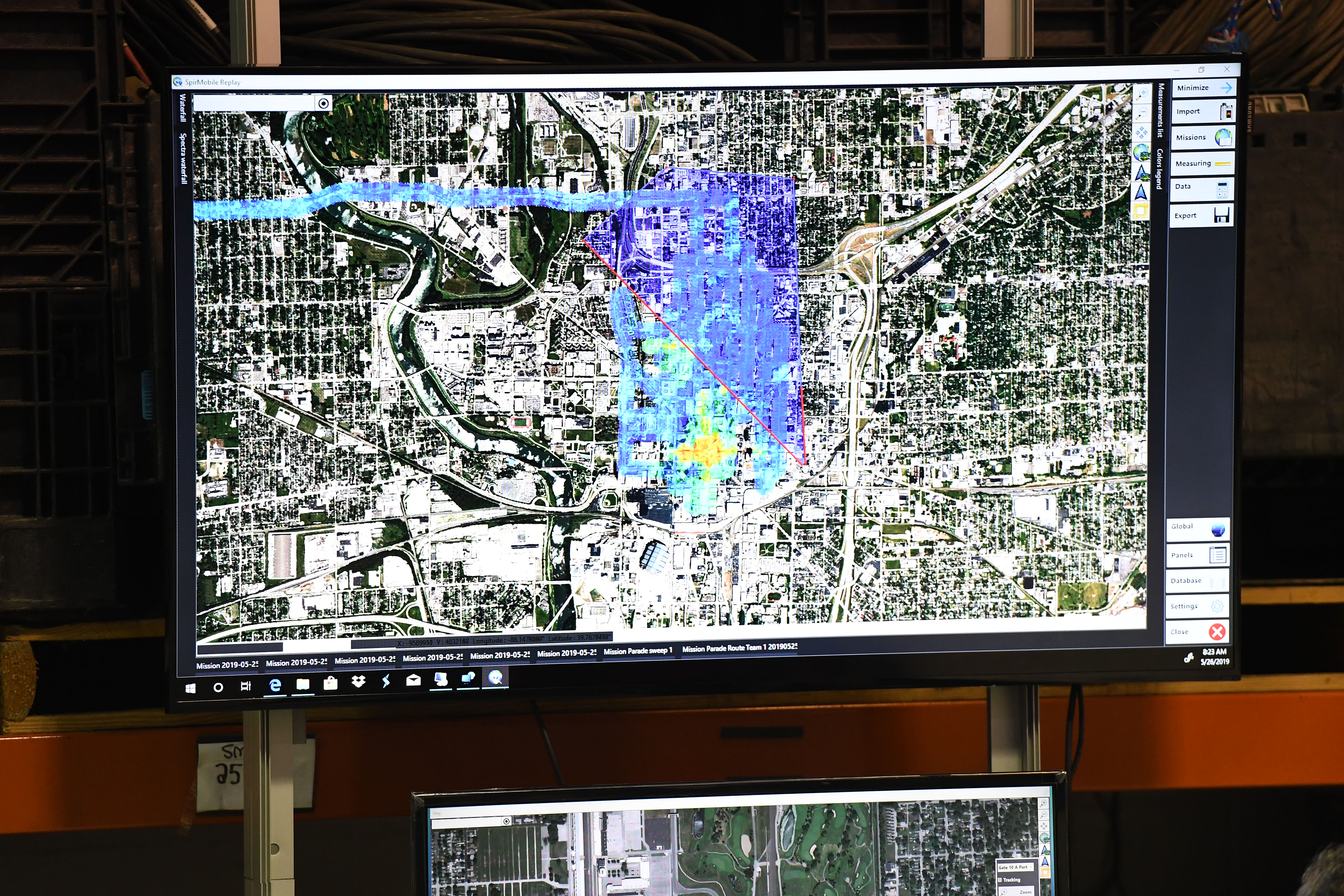
Radiological mapping performed prior to a large sporting event
How to get started
There are a few ways to get started in a career in radiation protection:
- Begin as a technician and work your way up, beginning with a technical education program, or applying for an entry-level job as a radiation protection technician and learning through a combination of training programs and on-the-job training.
- Receive a degree in radiation protection from any of the many universities offering such degrees
- Receive a scientific or technical degree and work in radiation protection. Your undergraduate education be augmented by taking a short course in radiation protection, through training programs offered by your employer, or through on-the-job training.
There are other resources available right here on the IRPA website:
Additional Useful Links!
Academic degree programs and training in radiation protection
Job listings in radiation protection
Associate Society web pages on careers in radiation protection
Other references and information
- Euopean Training and Education in Radiation Protection (EUTERP)
- United States Health Physics Society - List of Health Physics Text and Reference Books